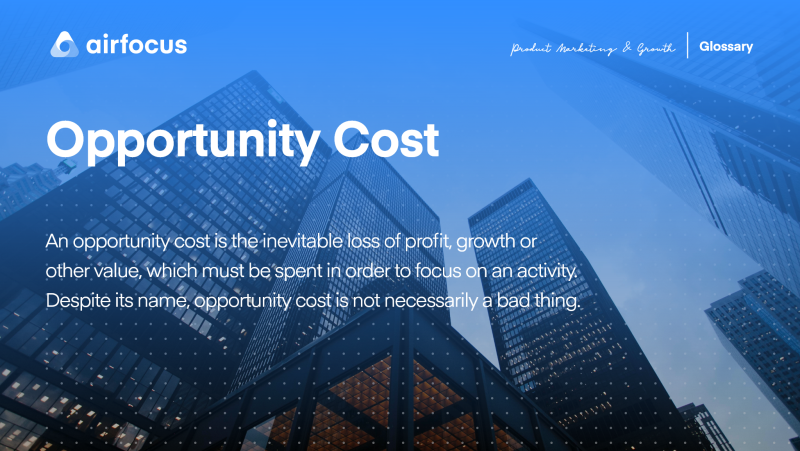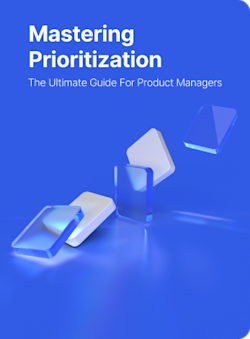Opportunity Cost
What is Opportunity Cost
Definition of Opportunity Cost
Opportunity cost is the loss of potential gain by selecting one idea or action over another. Whenever you choose to focus on a certain activity — be that a feature builds, software update, marketing campaign or new business venture — there are inherent opportunity losses. This could be measured in time or in money.
These costs are nothing to be afraid of. They are, quite simply, the cost of progress and moving forward.
However, if the opportunity cost of focusing on one activity outweighs the potential gain, then it could be time to reconsider.
Examples of opportunity cost
Opportunity costs are incurred all day, every day, whether we know it or not.
By deciding what to focus your billable hours on, there will be a ‘loss’ in the opportunity presented by something else. You simply need to weigh up which will deliver the greatest value in the long run.
For example, by deciding to go freelance, your opportunity cost may be forgoing a stable paycheck, benefits package and company car. However, you may decide the value of a freelance set-up is greater than the loss of your 9 to 5.
In business, if you choose to reinvest profits into operations, that is money you cannot spend on marketing or paying dividends. An angel investor, upon deciding which enterprise to put his or her money into, will have to accept the cost of skipping over other investment opportunities.
As you can see, the opportunity cost isn’t necessarily a bad thing — despite its name.

General FAQ

Glossary categories
Prioritize with confidence

Experience the new way of doing product management








